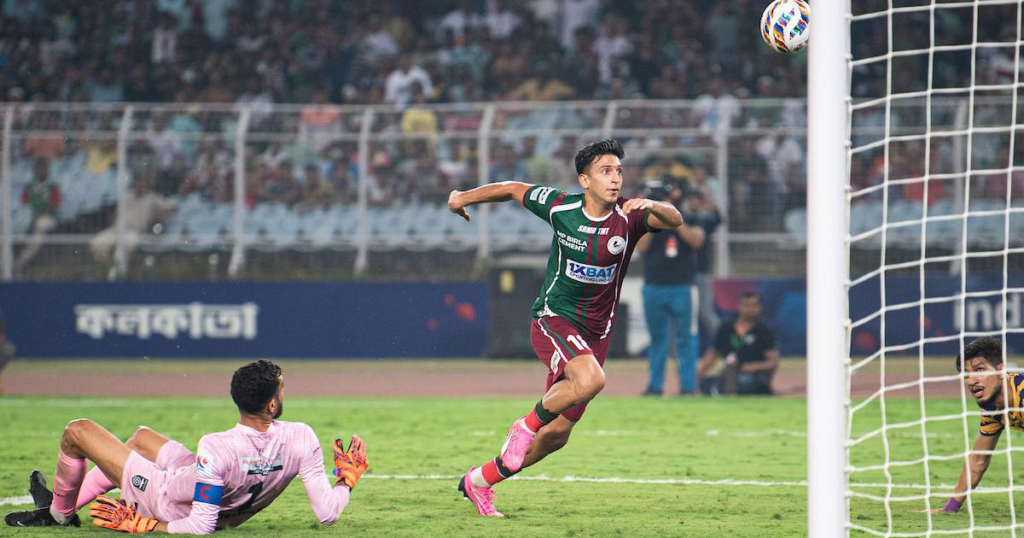
The Indian Super League (ISL) is one of the most popular football leagues in India, featuring some of the best domestic and international players. With its unique format and rules, the ISL has captured the hearts of football fans across the country. One of the key aspects of the ISL is its playoff format, which determines the teams that qualify for the knockout stage of the tournament. In this article, we will take a closer look at the playoff format in the ISL and understand how many teams will qualify for playoffs in ISL.
What is the Indian Super League Playoff Format?
The Indian Super League follows a playoff format to determine the champion of the tournament. The playoff stage consists of a series of knockout matches that ultimately lead to the crowning of the ISL champion. The playoff format is a unique feature of the ISL and adds excitement and drama to the tournament.
How Many Teams Will Qualify for the Playoffs?
In the Indian Super League, a total of four teams qualify for the playoffs. The teams that finish in the top four positions in the league stage of the tournament are eligible to compete in the playoffs. These four teams then go on to play in the knockout matches to determine the champion of the ISL.
League Stage and Points System
Before the playoffs begin, the ISL teams compete in the league stage of the tournament. During the league stage, each team plays a total of 20 matches – 10 home matches and 10 away matches. Teams earn three points for a win, one point for a draw, and zero points for a loss. The team with the highest number of points at the end of the league stage is crowned the league champions.
Determining the Top Four Teams
At the end of the league stage, the top four teams in the standings qualify for the playoffs. The teams are ranked based on the number of points they have earned during the league stage. In case two or more teams have the same number of points, the tie is broken based on the following criteria:
1. Goal difference: The team with the higher goal difference is ranked higher.
2. Goals scored: If the goal difference is the same, the team with the higher number of goals scored is ranked higher.
3. Head-to-head record: If the tie still persists, the team with a better head-to-head record against the other tied teams is ranked higher.
4. Fair play points: If the tie still remains, fair play points are used to determine the ranking of the teams.
Playoffs Format
Once the top four teams have been determined, they proceed to the playoffs stage of the tournament. The playoffs consist of two knockout matches – the semi-finals and the final. The semi-finals are played in a two-legged format, with each team playing one home match and one away match against their opponents. The team that scores the highest aggregate goals in the two legs advances to the final.
The Final
The final of the Indian Super League is a one-off match that determines the champion of the tournament. The two teams that have advanced from the semi-finals face off in the final, with the winner being crowned the ISL champion. The final is a highly anticipated and exciting match that showcases the best of Indian football talent.
Conclusion
In conclusion, the Indian Super League playoff format adds an extra layer of excitement and drama to the tournament. With only four teams qualifying for the playoffs, the competition is fierce, and every match counts. The format rewards consistency and performance during the league stage, with the top four teams earning the chance to compete for the coveted ISL title. As football continues to grow in India, the ISL playoff format will undoubtedly play a crucial role in captivating fans and showcasing the best of Indian football talent.
Can’t get enough of sports? Check out Sport Circle’s Youtube Channel here. Want more bite-sized content? Follow us on Instagram and Twitter!
